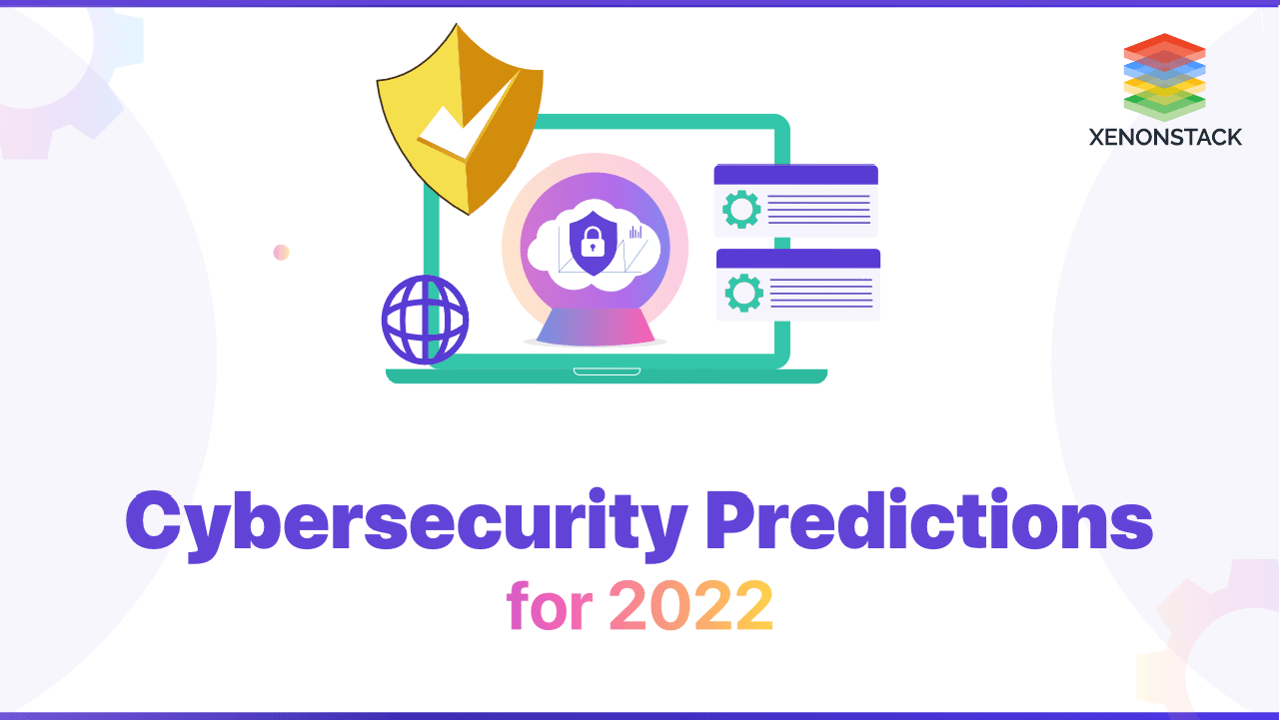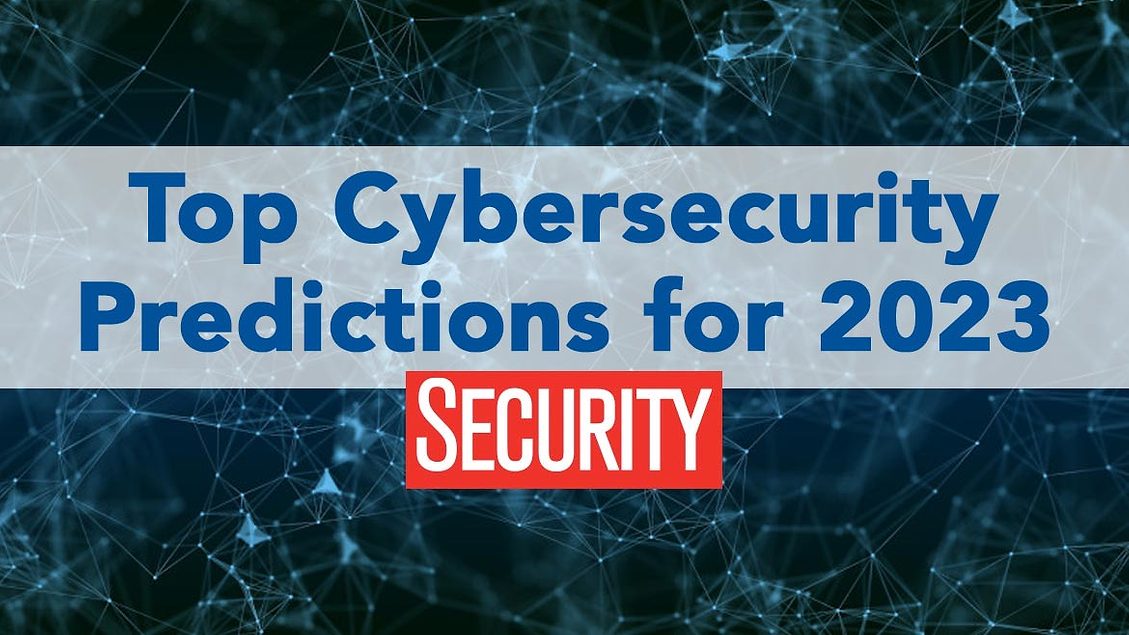Recognize the rise of Deepfake Social Engineering Attacks tricking users.
Recognize the rise of Deepfake Social Engineering Attacks tricking users.
Blog Article
The Next Frontier: Insightful Cybersecurity Predictions for the Coming Year
As we come close to the brand-new year, the cybersecurity landscape is on the verge of significant improvement. Key aspects such as the combination of advanced AI innovations, the inescapable surge of advanced ransomware, and the tightening up of information privacy laws are forming the future of electronic protection.
Rise of AI in Cybersecurity
In the rapidly progressing landscape of cybersecurity, the integration of expert system (AI) is becoming a pivotal force in enhancing risk discovery and action capabilities. AI technologies, such as artificial intelligence algorithms and deep learning models, are being progressively deployed to assess huge quantities of data and recognize patterns indicative of protection hazards. Deepfake Social Engineering Attacks. This enables companies to proactively attend to susceptabilities before they can be manipulated
The rise of AI in cybersecurity is especially significant in its capability to automate routine tasks, allowing human experts to focus on even more complicated safety and security problems. By leveraging AI, cybersecurity teams can reduce action times and boost the precision of danger analyses. Furthermore, AI systems can adjust and gain from new risks, continually improving their discovery systems to remain in advance of harmful actors.
As cyber dangers come to be a lot more innovative, the need for advanced solutions will certainly drive further investment in AI technologies. This pattern will likely bring about the development of improved security devices that include anticipating analytics and real-time monitoring, eventually strengthening organizational defenses. The transition towards AI-powered cybersecurity solutions represents not just a technical shift but a basic modification in exactly how organizations approach their security methods.
Boost in Ransomware Strikes
Ransomware strikes have actually ended up being a widespread danger in the cybersecurity landscape, targeting organizations of all sizes and across numerous markets. As we advance into the coming year, it is anticipated that these strikes will certainly not only enhance in regularity but additionally in refinement. Cybercriminals are leveraging innovative strategies, consisting of using fabricated intelligence and equipment knowing, to bypass typical safety and security actions and exploit susceptabilities within systems.
The acceleration of ransomware attacks can be associated to numerous factors, consisting of the surge of remote job and the expanding dependence on electronic solutions. Organizations are usually unprepared for the developing danger landscape, leaving important infrastructure susceptible to breaches. The economic implications of ransomware are staggering, with firms facing large ransom needs and potential lasting functional disturbances.
Moreover, the pattern of double extortion-- where attackers not only secure information but additionally threaten to leakage delicate information-- has actually gained traction, additionally coercing targets to adhere to needs. Consequently, businesses need to focus on robust cybersecurity steps, including routine backups, staff member training, and incident reaction preparation, to minimize the dangers connected with ransomware. Failing to do so can lead to devastating repercussions in the year ahead.
Development of Information Privacy Rules
The landscape of data personal privacy laws is going through substantial transformation as governments and companies react to the boosting worries surrounding personal data defense. In current years, the implementation of extensive structures, such as the General Data Protection Guideline (GDPR) in Europe and the California Consumer Personal Privacy Act (CCPA) in the United States, has actually established a criterion for stricter personal privacy legislations. These laws stress consumers' legal rights to regulate their data, mandating openness and accountability from companies that gather and refine individual info.

Furthermore, organizations will require to enhance their conformity strategies, purchasing advanced innovations and training to protect delicate information. The advancement of information privacy guidelines will not just influence how businesses operate however additionally shape consumer assumptions, promoting a society of count on and security in the electronic landscape.
Development of Remote Work Vulnerabilities
As organizations remain to embrace remote job, susceptabilities in cybersecurity have actually increasingly pertained to the forefront. The change to flexible work arrangements has actually subjected vital voids in protection methods, specifically as workers gain access to delicate data from different areas and devices. This decentralized workplace produces a broadened attack surface for cybercriminals, who make use of unsafe Wi-Fi networks and individual gadgets to infiltrate corporate systems.

To minimize these vulnerabilities, companies need to prioritize detailed cybersecurity training and apply durable protection frameworks that include remote work circumstances. This includes multi-factor verification, routine system updates, and the facility of clear protocols for data accessibility and sharing. By dealing with these vulnerabilities head-on, firms can foster a more secure remote workplace you could look here while maintaining functional resilience when faced with evolving cyber threats.
Developments in Threat Discovery Technologies


Positive hazard discovery has become a cornerstone of modern-day cybersecurity approaches, mirroring the immediate demand to neutralize increasingly sophisticated cyber dangers. As companies encounter an evolving landscape of vulnerabilities, innovations in threat detection technologies are critical in mitigating dangers and enhancing safety and security positions.
One notable fad is the assimilation of artificial knowledge and artificial intelligence right into danger discovery systems. These modern technologies enable the analysis of large quantities of data in actual time, enabling the recognition of anomalies and potentially destructive tasks that might evade typical protection measures. Furthermore, behavior analytics are being carried out to establish baselines for regular user activity, making it much easier to detect discrepancies a sign of a breach.
Furthermore, the rise of automated hazard knowledge sharing platforms promotes collective protection efforts throughout sectors. This real-time exchange of info enhances situational recognition and speeds up action times to arising threats.
As organizations remain to purchase these sophisticated innovations, the performance of cyber defense mechanisms will dramatically boost, empowering safety groups to stay one action ahead of cybercriminals. Inevitably, these innovations will certainly play a vital duty in forming the future landscape of cybersecurity.
Verdict
In recap, the future year is expected to witness transformative growths in cybersecurity, driven by the integration of AI technologies and a remarkable increase in ransomware assaults. As information click over here personal privacy guidelines end up being extra stringent, companies will need to improve conformity approaches. The recurring challenges positioned by remote job susceptabilities require the execution of durable safety steps and extensive training. On the whole, these evolving characteristics highlight the crucial value of adapting to an ever-changing cybersecurity landscape.
Report this page